By Paige Baxter
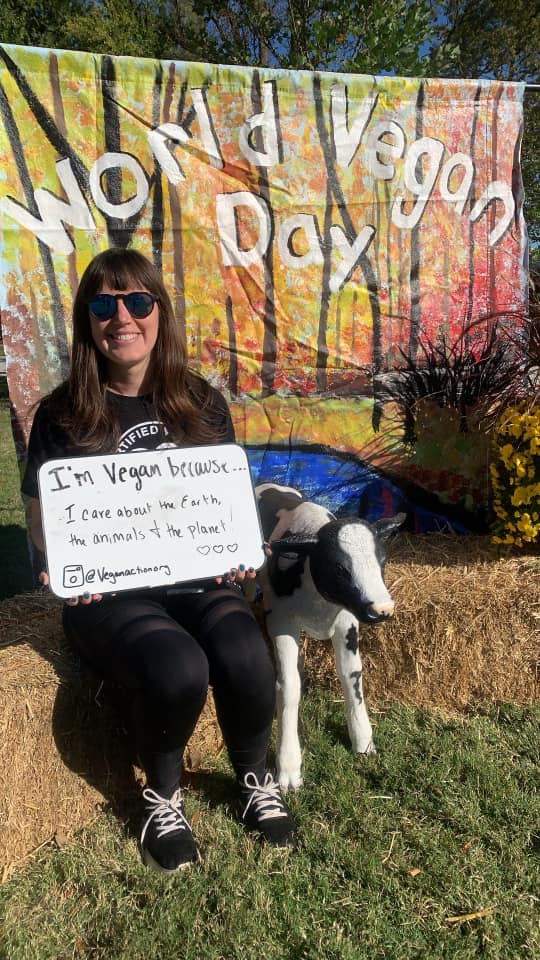
This may not seem like a huge jump for many people, but it can be a challenge for some. It may be helpful to note that there are multiple ways to approach this transition. At Vegan Action, we always encourage folx to do what works best for them. But before we dive into tips and suggestions, let’s first define the differences between vegetarian and vegan.
A vegetarian is a person that does not eat meat (this includes seafood). The vegetarian lifestyle may also entail not wearing any wool or leather.
A vegan does not eat meat or anything else that comes from an animal including byproducts, milk, eggs, and cheese. Some vegans also don’t consume honey, but this decision can vary from person to person. Vegans do not wear or use any animal products in their daily lives either.
Personally, it took me a long time to transition to being vegan, precisely 11 years. I stopped eating meat at about 11 years old, when I finally made the connection that my favorite food, hamburgers, were also my favorite animal, the cow. When a friend helped me establish the connection, I was upset that all this time I had been eating this cute, adorable animal. Throughout the years I would eat vegan food and enjoy it, but never wanted to take the jump to going full vegan. It wasn’t until a few years ago that I decided to go all in.
When I transitioned, I did it immediately and also didn’t eat any plant-based cheeses for at least a week. This helped clear my digestive system, which felt great!
But of course this is only one approach. Going vegan gradually may be a better approach for some people.
Another way is to start off by substituting almond, oat, or soy milk for cow’s milk. If you struggle with finding a plant-based milk you like, try different ones to find the one you like the most.
From there you can experiment with removing other animal products one by one or in groups.
For instance, try removing cheese from your meals. Experiment with other types of condiments and spices and learn to enjoy the taste of foods without cheese. Then you can try dairy cheese alternatives if you’re curious.
Another option would be to ease into veganism by removing animal products slowly. Start off with the easiest item and make your way to the hardest to give up. For me, it was cheese. Many people who prefer a slower transition will start by omitting meat, then eggs, then cheese, and then milk. Just be sure to try different options and make simple substitutions. For example, replace meat with beans in your soups, casseroles, and pasta dishes and baking without eggs is easy with a simple substitute of mashed banana, vegetable oil, or flaxseed powder. Ask your friends for their favorite plant-based recipes and get cooking.
For examples of what vegans eat daily, check out our blog, and please, feel free to reach out to us if you have any questions about transitioning.
Make sure you also know what your options are for alternatives. Do some research, approach it with an open mind, and be willing to experiment. Luckily, there are so many options out there to make the transition much easier and affordable. There isn’t a better time to be vegan than now.
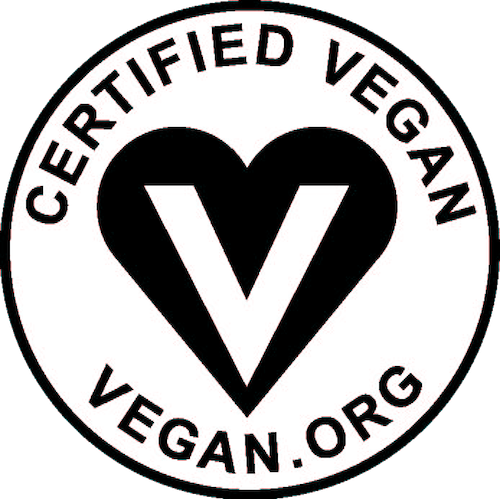

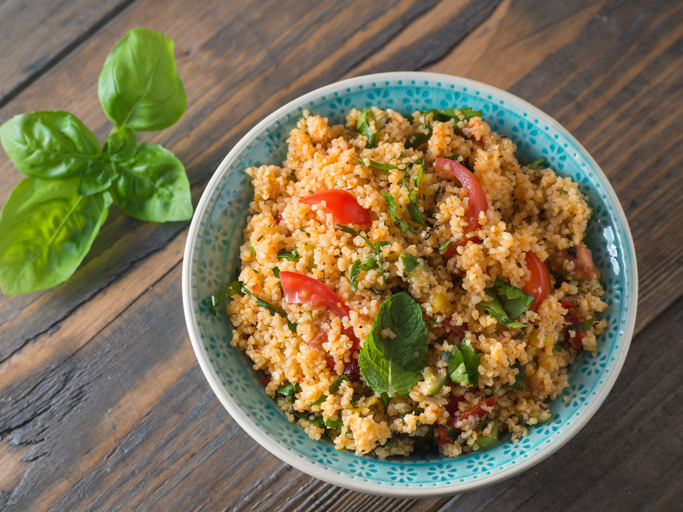

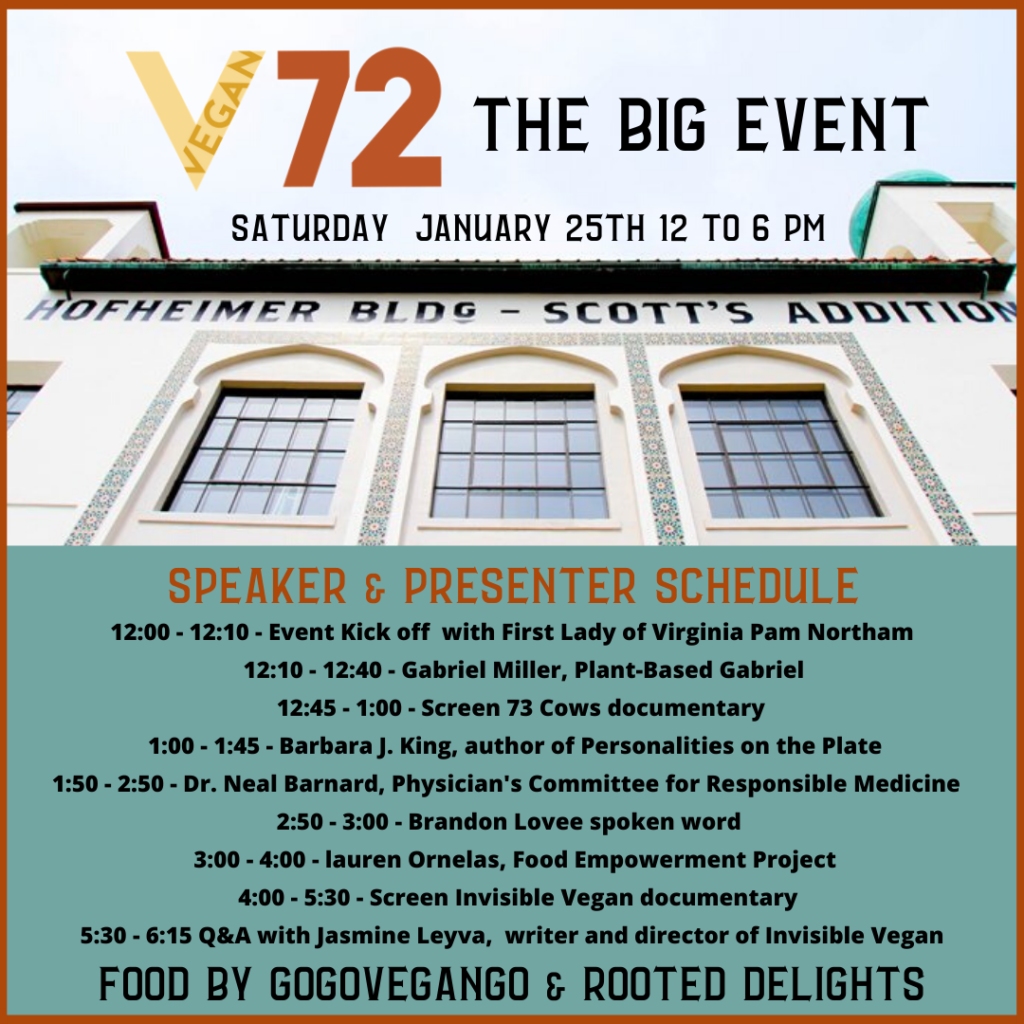
About The Author: Vegan Action
More posts by Vegan Action